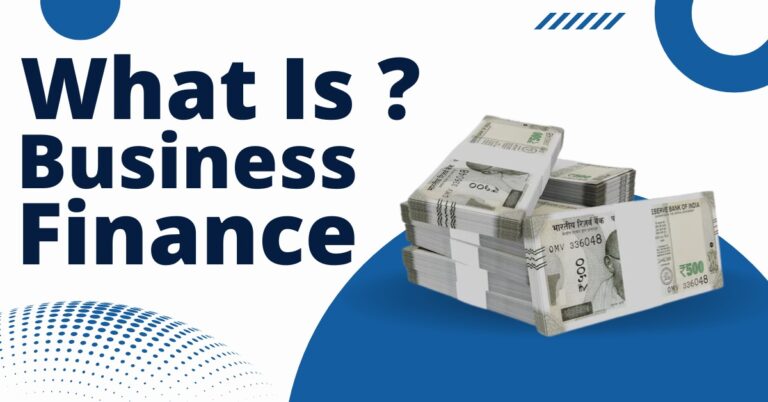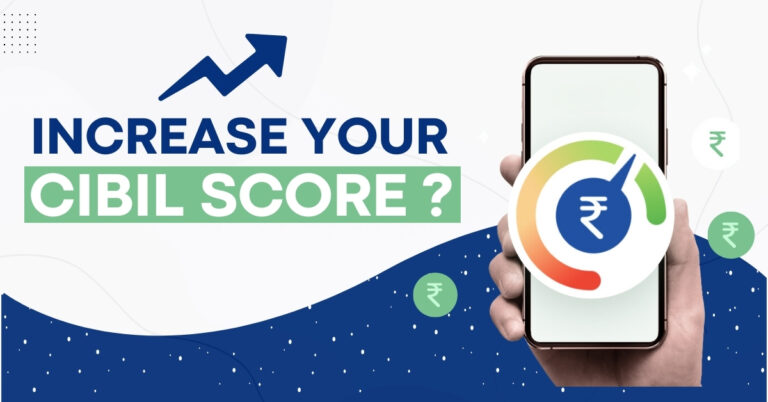What Is a Secured Loan: and how it’s work
What is a secured loan: A secured loan is a type of loan backed by collateral, which can be an asset like a house, car, or savings account. This collateral provides security for the lender, reducing their risk and often allowing for lower interest rates and higher borrowing limits compared to unsecured loans. Commonly used for significant purchases such as homes and cars, secured loans can be advantageous but also come with the risk of losing the collateral if the borrower defaults. Understanding the mechanics and implications of secured loans is crucial for making informed financial decisions.
Types of Secured Loans
Secured loans come in various forms, each designed to meet different financial needs. Here are some of the most common types:
- Mortgage Loans: These funds are employed for acquiring real estate, wherein the property acts as security. In case the borrower fails to meet their obligations, the lender has the authority to seize the property through foreclosure.
- Auto Loans: These loans are utilized for purchasing vehicles, with the car itself serving as security. If the borrower fails to repay the loan, the lender can repossess the vehicle.
- Home Equity Loans and Lines of Credit: Homeowners can borrow against the equity in their homes. The house is the collateral, and defaulting can lead to foreclosure.
- Secured Personal Loans: These can be backed by assets like savings accounts or certificates of deposit (CDs). These loans are often used for consolidating debt or financing major expenses.
- Business Loans: Companies can secure loans with business assets such as equipment, inventory, or real estate. This type of loan is often used for expansion or capital investment.
Each type of secured loan serves specific purposes and comes with its own set of benefits and risks, making it important to choose the right one for your financial situation.
How Secured Loans Work
Secured loans operate on a simple principle: collateral. Here’s how they work:
- Collateral: When you take out a secured loan, you provide an asset as collateral to the lender. This could be your home, car, savings account, or other valuable property. The collateral serves as security for the loan.
- Loan Approval: The lender assesses your application, considering factors such as your credit history, income, and the value of the collateral. Since the collateral reduces the lender’s risk, secured loans are often easier to qualify for than unsecured loans.
- Loan Terms: Once approved, you’ll receive the loan amount, typically based on the value of the collateral. The terms of the loan, including interest rate, repayment schedule, and duration, are outlined in the loan agreement.
- Repayment: Repayment involves adhering to the terms agreed upon. If payments are not made, the lender can seize the collateral to recover their losses. This could result in losing assets like your home or car, depending on the loan type.Completion: Once you’ve repaid the loan in full, the lender releases the lien on the collateral, and you regain full ownership of the asset.
Secured loans offer advantages such as lower interest rates and higher borrowing limits but also carry the risk of losing your collateral if you default. It’s essential to carefully consider your ability to repay before taking out a secured loan and to choose the right type of loan for your needs.
Benefits of Secured Loans
Secured loans offer several advantages, including lower interest rates, higher borrowing limits, and easier approval due to collateral backing. Borrowers can negotiate improved terms and potentially boost their credit score through responsible repayment. With versatile use ranging from buying a home to consolidating debt, secured loans provide flexibility for various financial goals. However, it’s crucial to consider the risks, such as the potential loss of collateral if payments are missed, before opting for a secured loan.
Risks and Considerations
Secured loans offer benefits like lower interest rates and higher borrowing limits, but they come with risks too. The main concern is the potential loss of collateral if payments are missed, which could mean losing your home or car. Additionally, defaulting can harm your credit score and lead to foreclosure or repossession. It’s essential to borrow responsibly and consider all alternatives before committing to a secured loan to ensure it aligns with your financial goals.
Secured vs. Unsecured Loans
Secured and unsecured loans are two primary types of borrowing options, each with its own characteristics and considerations.
Secured Loans:
- Secured loans require collateral, such as a house or car, to back the loan.
- Collateral reduces the lender’s risk, resulting in lower interest rates and higher borrowing limits.
- Common examples include mortgage loans, auto loans, and home equity loans.
- Failure to repay can lead to the loss of collateral.
Unsecured Loans:
- Unsecured loans are granted solely based on the borrower’s creditworthiness and do not necessitate collateral.
- Because there is no collateral, unsecured loans typically carry higher interest rates and have lower borrowing limits.
- Examples of unsecured loans include personal loans, credit cards, and student loans.
- Failing to repay an unsecured loan can harm the borrower’s credit score and may lead to legal consequences.
When choosing between secured and unsecured loans, borrowers should take into account factors such as their credit history, the required loan amount, and the potential risk of collateral loss. Ultimately, the decision hinges on individual financial situations and preferences.
Conclusion
In conclusion, secured loans offer advantages like lower interest rates and higher borrowing limits, thanks to the collateral provided by the borrower. However, they come with the risk of losing collateral if payments are missed, making responsible borrowing crucial. On the other hand, unsecured loans don’t require collateral but often have higher interest rates and stricter eligibility criteria. Whether opting for a secured or unsecured loan, borrowers must carefully assess their financial situation and choose the option that best aligns with their needs and goals. By understanding the differences between secured and unsecured loans, individuals can make informed decisions to manage their finances effectively.







